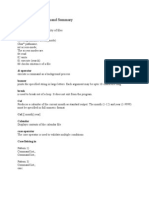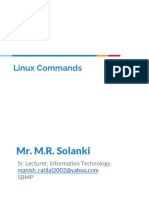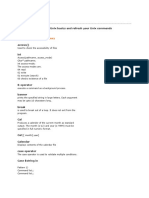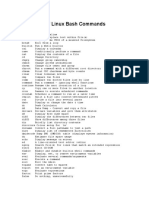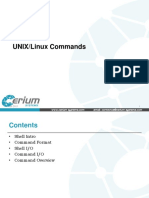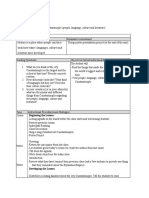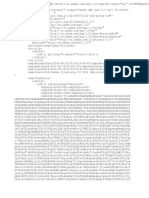0% found this document useful (0 votes)
72 views3 pagesWeek - 1 - Linux - Basic - Commands - Exercises 1
This document provides a series of exercises aimed at familiarizing users with common Linux terminal commands. Each exercise includes a command to be typed in the terminal, along with questions to enhance understanding of the command's output. The exercises cover various topics such as viewing the calendar, checking system information, and managing files.
Uploaded by
Zaakirah MotaraCopyright
© © All Rights Reserved
We take content rights seriously. If you suspect this is your content, claim it here.
Available Formats
Download as PDF, TXT or read online on Scribd
0% found this document useful (0 votes)
72 views3 pagesWeek - 1 - Linux - Basic - Commands - Exercises 1
This document provides a series of exercises aimed at familiarizing users with common Linux terminal commands. Each exercise includes a command to be typed in the terminal, along with questions to enhance understanding of the command's output. The exercises cover various topics such as viewing the calendar, checking system information, and managing files.
Uploaded by
Zaakirah MotaraCopyright
© © All Rights Reserved
We take content rights seriously. If you suspect this is your content, claim it here.
Available Formats
Download as PDF, TXT or read online on Scribd
/ 3














